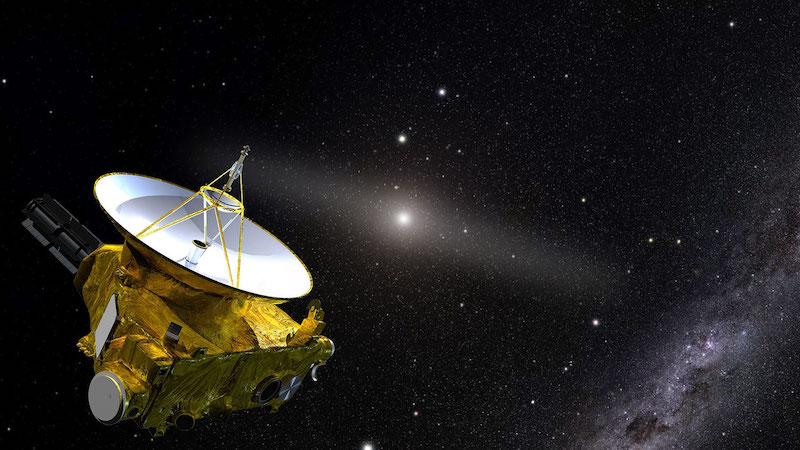
We might think of space as an unending void of pitch black darkness, punctuated only by tiny lights of stars and distant galaxies. But is it really that dark? Not quite! There’s a small but significant amount of background light that permeates the visible universe. It’s the faint glow that emanates from stars, galaxies, dust and gas. Astronomers said on March 3, 2022, that they’ve found this glow to be about twice as bright as expected.
About half the amount of background light – called the cosmic optical background (COB) – can be accounted for by the usual stars and galaxies. But the other half is a bit mysterious. Where does this extra light come from? Astronomers used data from NASA’s New Horizons spacecraft, which conducted its historic flyby of Pluto in 2015.
The researchers published their peer-reviewed findings in The Astrophysical Journal Letters on March 3, 2022. Liz Kruesi wrote about the intriguing new results for ScienceNews on March 22, 2022.
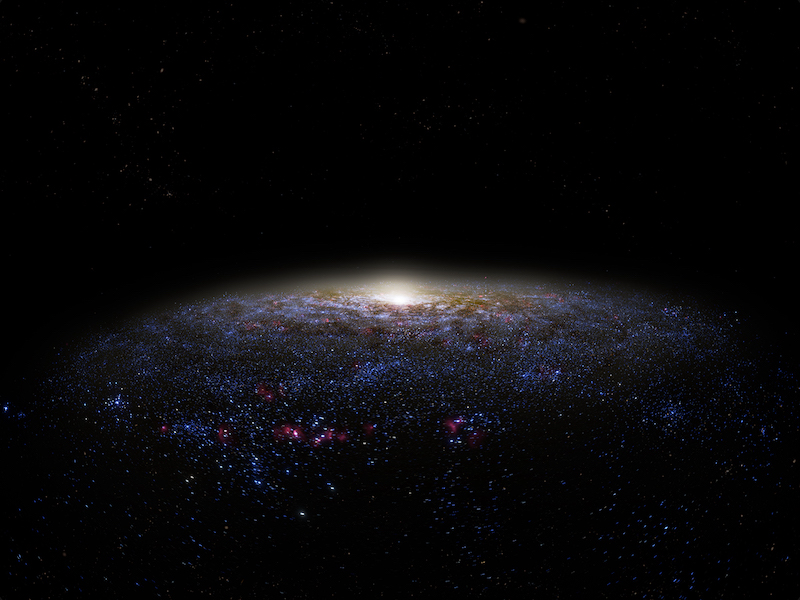
The universe’s background glow as seen by New Horizons
The background glow in the universe is difficult to see, but detectable. Most of it, as seen from our earthly vantage point, is washed out by the brighter light of the sun reflecting off dust in the inner solar system. This is known as the zodiacal light when seen from Earth. So what is the best way to see the faint cosmic glow? From a location much farther out in the solar system!
The researchers used images from the New Horizons spacecraft, which is way, way out in the outer fringes of the solar system, well past Pluto. Using its LORRI (Long Range Reconnaissance Imager) camera, New Horizons took images of a spot in the background universe that contained few if any stars or galaxies. About as dark a patch of sky as you can get.
The researchers digitally removed other sources of light from the images, such as stars and galaxies. They also removed extraneous light generated by the spacecraft’s nuclear power source. By doing all this, the researchers could then determine how much COB (cosmic optical background) there really was and measure its brightness.
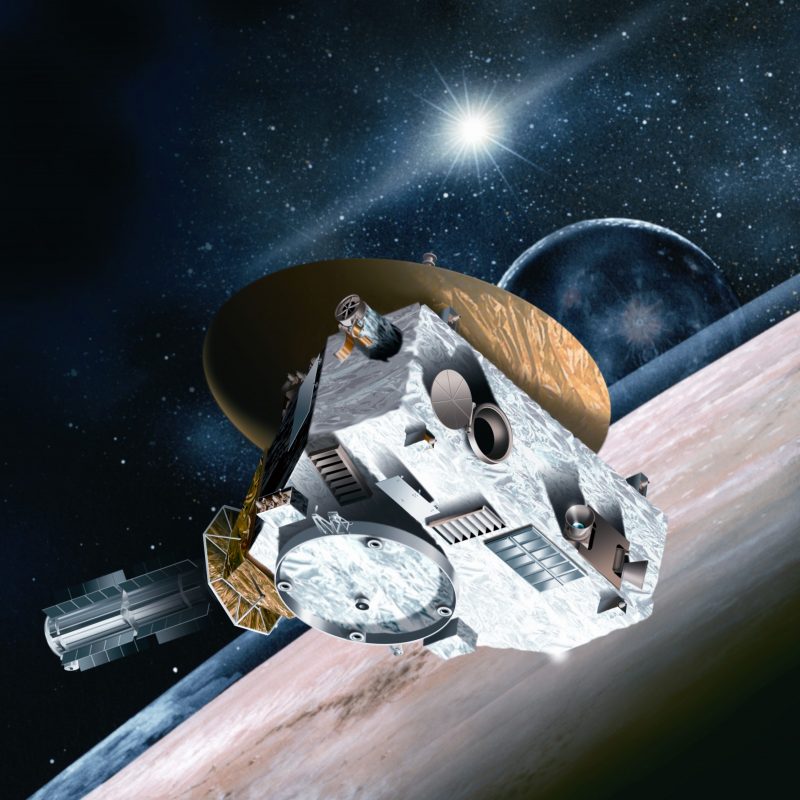
Anomaly reveals a cosmic mystery
The astronomers expected that these new measurements would pretty much match those previously taken from Earth over the years. But, surprisingly, they didn’t. In fact, the background light was twice as bright as expected. As lead author Tod Lauer, an astronomer at the National Science Foundation’s NOIRLab in Tucson, Arizona, told ScienceNews:
It turns out that the galaxies that we know about can account for about half of the level we see.
ScienceNews also quoted co-author Marc Postman of the Space Telescope Science Institute (STScI), saying:
There’s clearly an anomaly. Now we need to try to understand it and explain it.
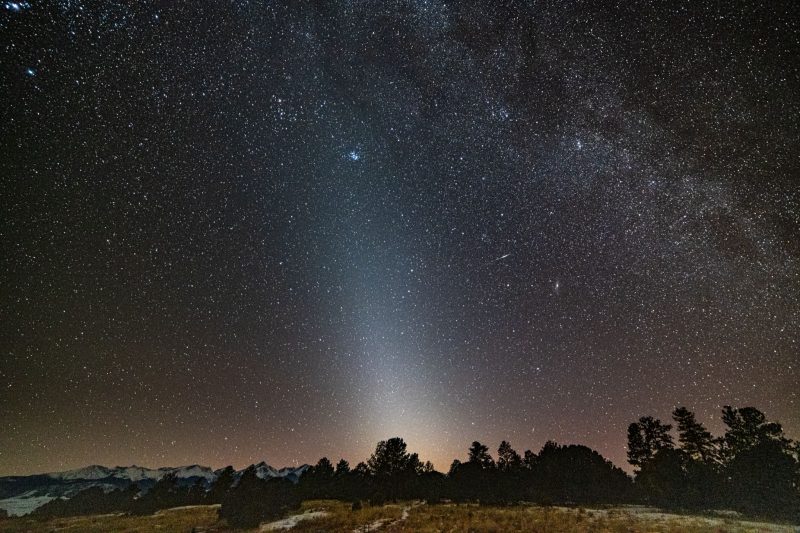
In other words, only half of the background light observed can be explained by light from known galaxies and stars. How is that possible?
Possible explanations for the background glow
Why are the new measurements so different from past ones? Of course, they are more sensitive and accurate than is possible with Earth-based measurements. But, twice as much COB is still a big discrepancy from earlier studies.
One possibility is that the extra light may be coming from rogue, nomad stars floating around in intergalactic space. Like rogue planets, they drift freely, not trapped in any galaxies. Could there be enough of them to account for the extra background light?
Or, perhaps there are compact galaxies that are too faint for even the Hubble Space Telescope to detect. If such galaxies exist, they may potentially be found by the James Webb Space Telescope. Webb will start observing this summer, and is expected to provide images that will surpass those from Hubble.
A very subtle beast
Another possibility is that the researchers overlooked something in the analysis itself. For example, could there still be some extraneous light from the spacecraft itself? What about the light from our home galaxy, the Milky Way? Astrophysicist Michael Zemcov of the Rochester Institute of Technology in New York surmised in ScienceNews that the reflected light from the Milky Way’s dust is:
… a very subtle beast, and our uncertainties likely get dominated by it at some point, just because it’s not very well understood.
The results are certainly intriguing, but more work is needed to figure them out.
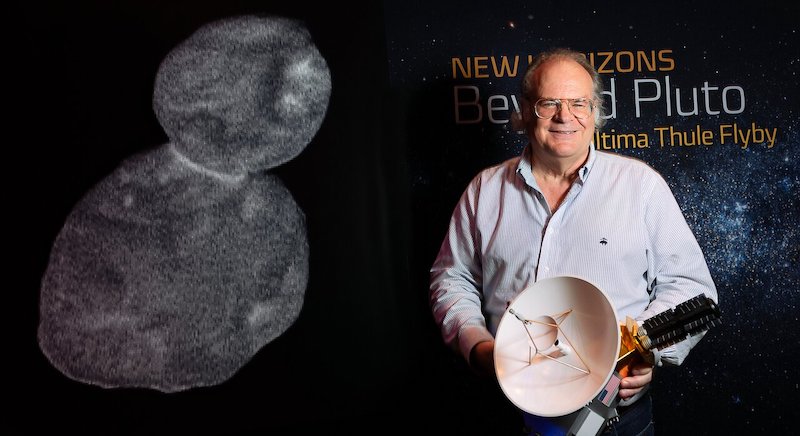
Zemcov continued, saying:
I’m glad it got done; it’s absolutely a necessary measurement. I think there’s a conversation there about details … and our uncertainties likely get dominated by it at some point, just because it’s not very well understood. There is something going on that we weren’t expecting, which is where the fun part of science kicks in.
Future studies
In addition to the LORRI images from New Horizons, there are other upcoming missions and projects that may shed more light on the mystery, as it were. These include the CIBER-2 experiment and SPHEREx. Also, researchers will continue to analyze older LORRI images, as well as take new LORRI images of other regions of the sky not imaged before.
Bottom line: Astronomers say the universe’s background glow from stars and galaxies is strangely twice as bright as previously thought. NASA’s New Horizons spacecraft made the unexpected discovery.
Source: Anomalous Flux in the Cosmic Optical Background Detected with New Horizons Observations
The post Background glow of the universe is oddly bright first appeared on EarthSky.
0 Commentaires